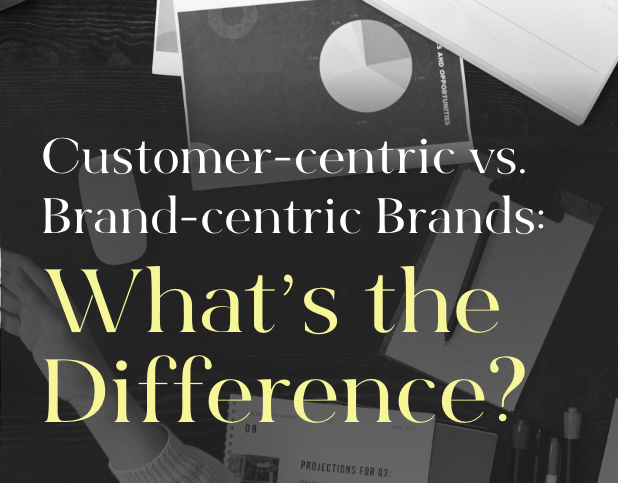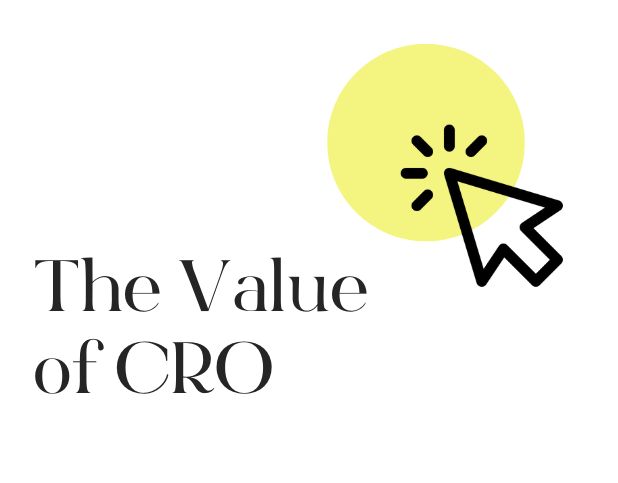In the past, organizations were built on brand-centric approaches. But as customers evolve, so has the approach companies are taking to gain more market share and support their growth efforts. Considering a customer-centric vs. brand-centric approach is one of the biggest dilemmas that companies find themselves dealing with when developing a marketing strategy.
These two approaches are ultimately two sides of the same coin, and both are important in fostering sustainable brand growth. While companies are evaluating the efficiencies of each approach, the best solution is to leverage the power of both approaches.
With the constantly evolving landscape of competitors and customer behavior, customer-centric approaches are considered to be more effective in driving business growth. However, brand-centricity can’t be ignored as it has its own set of benefits it can add to marketing strategies. Let’s take a look at customer-centric and brand-centric approaches individually to explore how they each contribute to business growth.
Brand-Centric Brands
Brand-centric brands focus on their brand’s unique characteristics and put themselves and their message at the center of everything they do. This approach often starts with what they want customers to believe about the brand and pushing messaging that supports this value to potential customers. A brand-centric approach is one that focuses on telling customers what the brand wants them to know.
While this approach helps foster a solid understanding of the brand and its values, it’s often considered a tone-deaf approach to marketing as it negates acknowledging the customers and what’s most valuable to them. While modern consumers do seek brands that align with their beliefs and ideals, by having a solid understanding of your target audience, their values, and purchase motivation, you can build a more robust marketing strategy that meets the needs of your audience.
Brand-centric approaches are considered to be more cost-effective as the strategy does not depend as heavily on consumer research. However, there is often a higher barrier to entry and a greater learning curve associated with brand success on this path. The more effort you put into understanding your audience up front, the better you can target them and the better conversion and brand lift you’ll experience on the back end. For this reason, most brands focus on a customer-centric approach, which we will take a look at now.
Customer-Centric Brands
Customer-centric brands place their customers at the heart of their strategy and everything they do. They start by identifying the needs, challenges, and pain points of their customers to best understand how to build solutions to sell their products or service to them.
A customer-centric approach is one that focuses on fostering a deep understanding of your customers, their needs, values, and motivations so that they can best market their product.
Apart from just communicating the solutions a brand offers, customer-centric brands focus on touchpoints at every stage of the customer journey for a more robust consumer experience that meets their audience throughout different stages of the sales process. This way they can keep an eye on customer loyalty and lifetime customer value as these tend to be a more dependable source of success for companies vs. one-time purchases from non-returning customers. The focus here is to maximize the customer lifetime value, turning every customer into a profitable asset of their business by increasing their recurring revenue. This can only be achieved by taking the time to truly understand your customer’s values and what motivates them.
While a customer-centric approach does depend more heavily on extensive market research and brand reputation building, which can be expensive and time-consuming, it does offer a more sustainable growth path with low barriers to entry since so much research and effort is put in upfront.
Now that you understand the difference between brand-centric and customer-centric brands and the benefits of each, you can establish which approach makes the most sense for your brand. Most companies focus on customer-centric marketing, but consumers also focus on those with a strong brand identity and values that resonate with them.
At Buzzshift, we’re customer obsessed. We understand that no two businesses are the same, which is why we create carefully crafted, data-driven growth strategies based on your and your customer’s unique needs. Reach out if you need help determining which strategy is right for your brand, or if you have questions about customer-centric vs. brand-centric marketing approaches.
About BuzzShift
BuzzShift is a digital growth strategy agency with a focus on mid-market, scaling, purpose-driven DTC Brands. By combining the ideologies of branding, performance marketing, and retention agency, we are able to create memorable experiences with measurable results, and build long-term success for our clients with scalable, sustainable growth. Learn more about BuzzShift.







